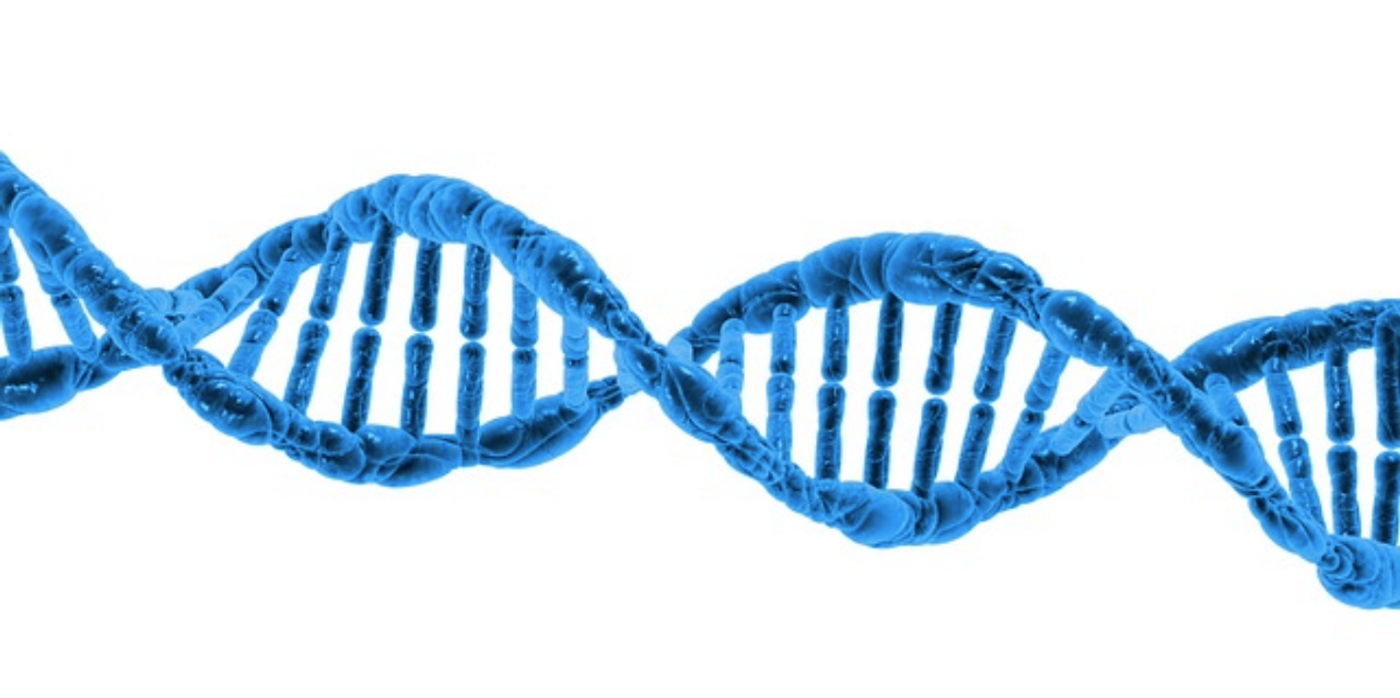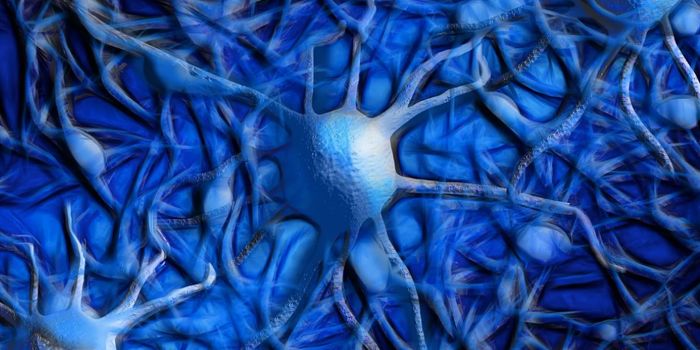Zaki syndrome - Pediatric Disorder & Potential Treatment ID'ed
Since it's become quick and relatively inexpensive to sequence a human genome, researchers have gained unprecedented and rapid insight into genetic diseases that arise in rare cases. An international team of scientists has now identified a mutation that causes what's now known as Zaki Syndrome, which has affected a few children around the world. In this study, which was reported in The New England Journal of Medicine, the investigators have also found a drug that could prevent the disease if it's given during pregnancy to women carrying fetuses with this mutation.
This disorder was named for the doctor who first identified the symptoms in a patient, study co-author Maha S. Zaki, M.D., Ph.D., of Cairo's National Research Center. Mutations in a gene called Wnt-less (WLS) cause the disorder, which leads to aberrant organ development, and can impact the brain, eyes, hands, heart, or kidneys. Carriers have chronic disease for life.
“We have been perplexed by children with this condition for many years. We had observed children around the world with DNA mutations in the Wnt-less (WLS) gene, but did not recognize that they all had the same disease until doctors compared clinical notes," said senior study author Joseph G. Gleeson, M.D., the Rady Professor of Neuroscience at the University of California San Diego School of Medicine. "We realized we were dealing with a new syndrome that can be recognized by clinicians, and potentially prevented.”
The researchers used whole genome sequencing to reveal the WLS mutations in patients. The protein product of that gene, Wnt, is involved in many critical signaling reactions.
A mouse model of Zaki syndrome was engineered, and the researchers used the model to test a drug that aims to boost Wnt signaling. This drug, now called CHIR99021, did increase Wnt signaling in the model, and restored normal organ and limb development in mouse embryos carrying the mutation.
“While we have shown that it’s possible to mimic WNT-deficiency with dedicated drugs, the real challenge was to overcome, and possibly rescue, this congenital disease,” said study co-author Bruno Reversade, Ph.D., a research director at the Agency for Science, Technology and Research in Singapore.
The researchers were surprised by the treatment's success, and are hopeful that this drug or a similar one could be useful in the prevention of birth defects that can be diagnosed and treated early enough in development.
Sources: University of California - San Diego, The New England Journal of Medicine









